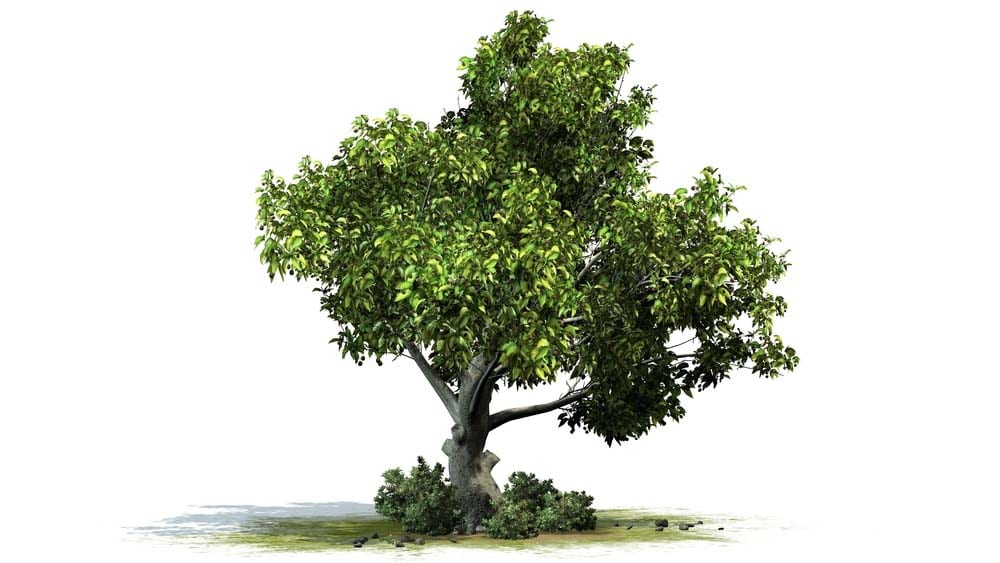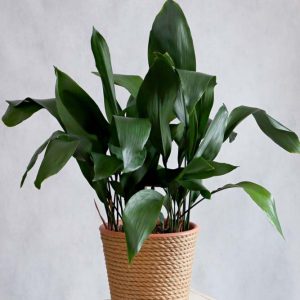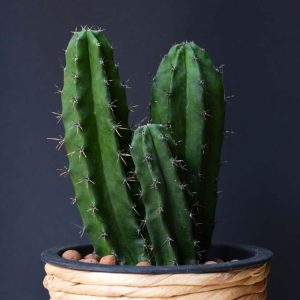Description
Fagus – Beech –
There are about 10 species of elegant, long lived, deciduous forest trees, in this genus. They occur in Europe, UK, North America with the most species confined to China and Japan. They are grown for their form, foliage, and autumn, golden-brown or coppery-red color. They have alternate, prominently veined, ovate to elliptic-oblong, coarsely to finely toothed, mid ro dark green leaves, and usually smooth gray bark. The monoecious flowers appear with the leaves, the males in spherical heads, the females in pairs within 4 lobed bracts, which develop into smooth or spiny, 4 segmented cupules containing 2 triangular nuts, which is a major source of food to wild life. Grow in a woodland garden or as specimen trees. They are also valued for their timber.
Very tolerant of wide range of well drained soils, grow in full sun or partial shade. For best color, position purple-leaved beeches in full sun and yellow leaved ones in partial shade. The surface roots will out compete nearby plants, and they will handle moderate air pollution.
Prone to limb canker, powdery mildew, butt rot, wood rot, and a variety of fungus.
F. grandifolia – F. americana – American Beech – This deciduous spreading, long straight trunk tree from Eastern North America and the highlands of Mexico grows 80′ feet tall and wide.It produces oval, dark green leaves, 2 ½-6″ long, with distinctly toothed edges, silky hairy at first and turn golden brown in autumn.
Very tolerant of wide range of well drained soils, grow in full sun or partial shade.For best color, position purple-leaved beeches in full sun and yellow leaved ones in partial shade.The surface roots will out compete nearby plants, and they will handle moderate air pollution.
Zones 3-9





